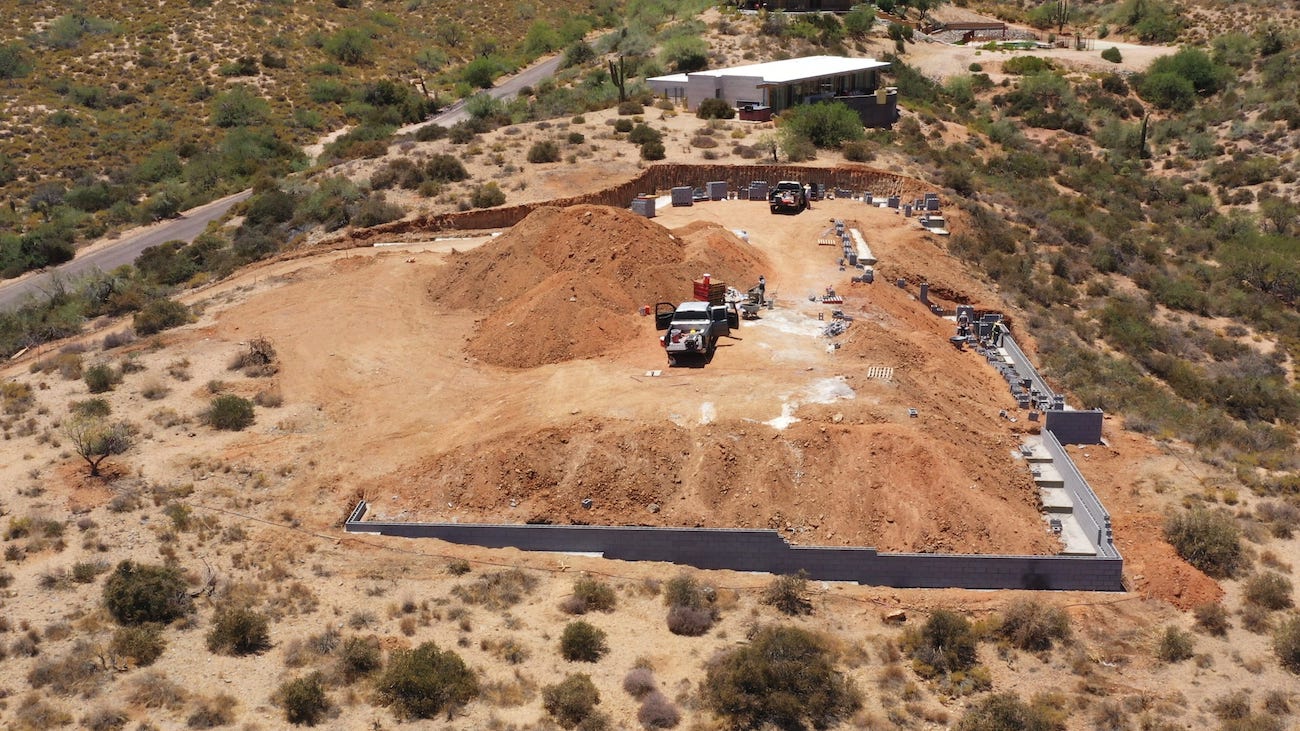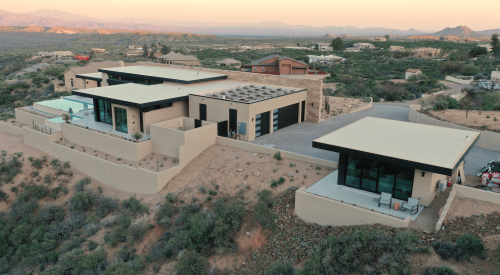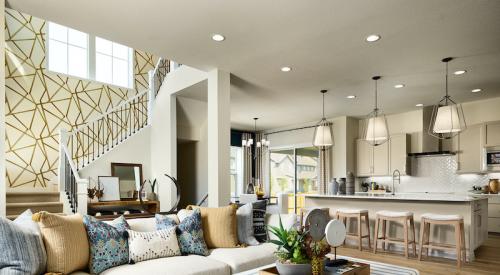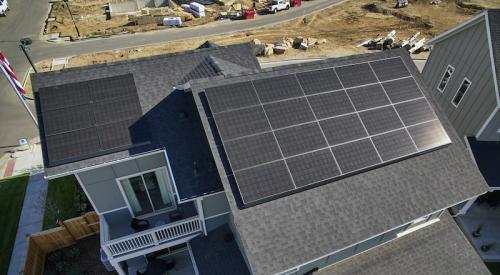The Desert Comfort Experience Home, a net-zero custom home designed for Arizona’s Sonoran Desert, finally broke ground after receiving its permit 32 weeks from when it was initially submitted to the local building authority.
If that sounds familiar, it is. The inefficiency of the building industry’s antiquated system for gaining approvals and scheduling inspections was quickly exposed by the COVID-19 pandemic, affecting almost every project and jobsite.
RELATED
- VIDEO: A Minute with Mark: Excavating the Site
- VIDEO: A Minute with Mark: Building Retaining Walls
- A Problem in Common: Balancing Regulations With Environmental Stewardship
- Desert Comfort Experience Home 2021
A Host of Home Building Challenges: Inefficiency, Compliance, and COVID
“Our industry wasn’t ready for COVID,” says Mark LaLiberte, co-founder and president of Construction Instruction, a building science consultancy based in Denver that is overseeing the Desert Comfort project.
When the pandemic first hit in early 2020, Maricopa County, Ariz.—which processes up to 1,500 new building permit applications monthly—switched entirely to a virtual counter. “But builders weren’t prepared to submit plans electronically,” LaLiberte says, adding that “many building departments nationwide rely on outdated bureaucratic processes and haven’t kept up with the changing times.”
In addition, both the county and the city of Scottsdale imposed even more demanding criteria on permit applications, in part to comply with the Federal Emergency Management Agency’s (FEMA) floodplain requirements.
And, any comment on the plans—even an address correction—triggered a mandatory 30-day waiting period, says LaLiberte, who called two county supervisors to try to accelerate the process.
RELATED
- Making the Transition to Net Zero Homes: Product Design
- High-Performance Features That Set The New American Home 2021 Apart
- Net Zero Energy: The Ultimate Z.E.N. Home's Wall Assembly
- The New American Home 2020's Energy Performance and Eco-Friendly Design
Having a permit in hand, however, didn’t necessarily mean the project could start or proceed as quickly as LaLiberte and builder Brad Leavitt, president of A Finer Touch Construction, in Scottsdale, had hoped.
By then, supply chain issues and labor shortages were causing more delays and making it nearly impossible to create reliable budgets and schedules. “No one can keep up with the demand right now,” says Leavitt, who routinely collaborates with his subs to create project schedules.
Meanwhile, the team worked to comply with a county mandate to tread lightly on the surrounding landscape to avoid soil compaction and protect indigenous plant life. They also inventoried the site’s vegetation and salvaged all state-protected trees, which will be replanted on the site once the project wraps up.
Throughout the project’s duration, dust from site excavation must be controlled (mostly through wetting and avoidance) to prevent harmful particulate matter from being released into the air. And to ensure water doesn’t sheet off during seasonal monsoon rains, catchment basins were built and the site was graded to direct water to natural watersheds.
Leavitt also is working to make up time once construction really gets going. Because the home includes many advanced products and installation techniques, the project team has taken extra time to study every detail and specification “so we can build the house quickly but also make sure our installers are educated,” Leavitt says, to meet the demanding standards of a high-desert, zero-energy home.














